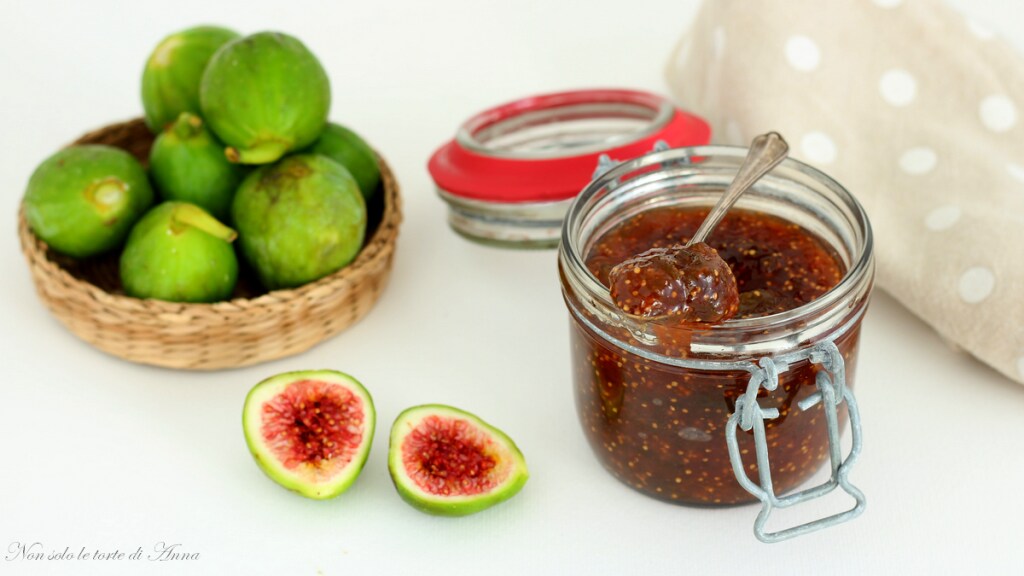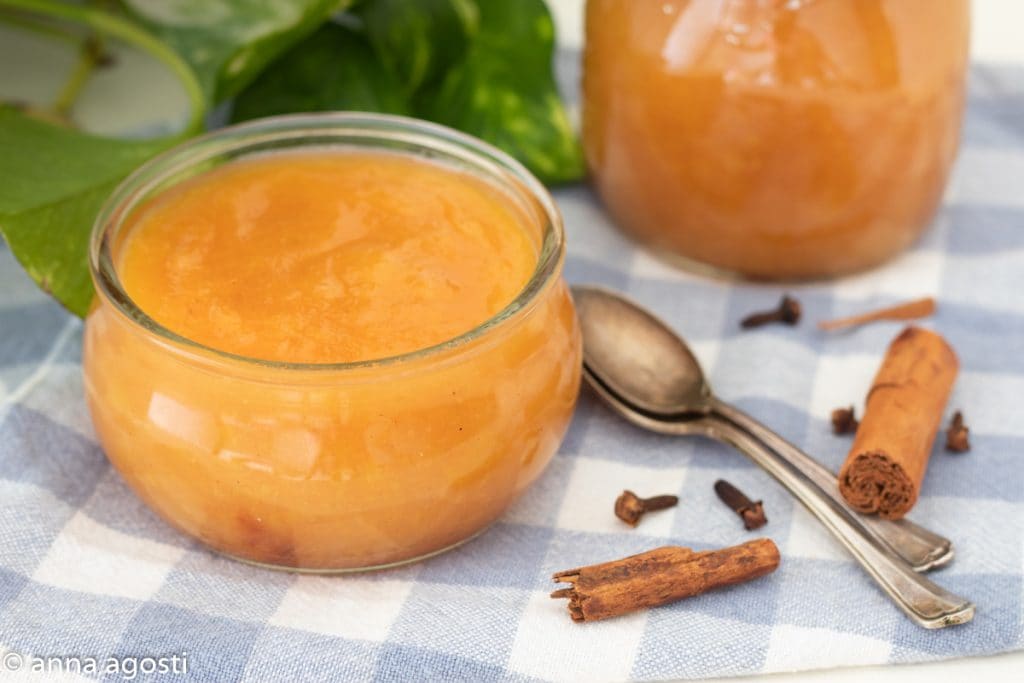Jam, Jelly, and Fruit Compote, even though we all or almost all call it jam, there are indeed differences.
How many times have we used the terms “jam” and “jelly” interchangeably to refer to a sweet fruit-based preparation? And what about “compote”? It seems similar but has its peculiarities.
Although all these products have fruit and are spreadable in common, the differences are substantial and defined by precise European and national regulations.
Jam, Jelly, and Fruit Compote, the differences, let’s find out together what they are!

- Difficulty: Easy
- Cost: Very Low Cost
- Preparation time: 20 Minutes
- Portions: 3 Pieces
- Cooking methods: Boiling
- Cuisine: Italian
- Seasonality: All Seasons
Jam, Jelly, and Fruit Compote, the Differences
True marmalade has a very specific and narrow definition, it can be called marmalade only if it is a preparation based on citrus fruits.

Here are its main features:
Type of Fruit: It must contain only citrus fruits (orange, mandarin, lemon, citron, bergamot, grapefruit).
Fruit Content: The minimum percentage of citrus fruits (pulp, juice, puree, and zest) must not be less than 20% of the finished product.
Consistency: Often has a gelatinous consistency, with pieces of citrus zest or pulp.
Sugars: Includes the addition of sugars.Jelly is the correct term for preparations based on all fruits that do not fall into the citrus category.
This means that the vast majority of products we find on the market, with flavors like strawberry, apricot, cherry, or figs, are actually jellies!
Its features:
Type of Fruit: It can be made with any type of fruit, excluding citrus. In some cases, it can also include vegetables (like peppers or onions, used for sweet and sour preparations).
Fruit Content: Must contain at least 35% of fruit (pulp or puree).
Consistency: Can vary, from more homogeneous to containing pieces of fruit, depending on the type of jelly and processing.
Sugars: Includes the addition of sugars (which contribute to preservation and consistency).Compote differs from jam and jelly mainly for its higher fruit content and lower added sugar content.
It is not regulated by such strict standards as the previous ones in terms of fixed percentages of fruit and sugar, but its distinctive feature is precisely the balance between these two elements.

What distinguishes it:
Fruit Content: Generally has a very high fruit percentage, often over 65%, but can reach 80% or more.
Sugars: Contains significantly less sugar compared to jams and jellies.Sometimes, the sweetness comes almost entirely from the fruit itself, with the addition of very little sugar or natural sweeteners.
This often makes it lighter and lower in calories.
Consistency: Tends to be less gelatinous and denser, with visible pieces of fruit and almost puree-like consistency.
Flavor: The fruit flavor is much more pronounced and authentic, less “covered” by sugar.Usage: Often appreciated for pairings with cheese, meats, or as an accompaniment to yogurt and desserts, as well as for the classic breakfast.
Its shelf life is usually shorter than jams and jellies due to its lower sugar content, which acts as a natural preservative.
Jam, Jelly, and Fruit Compote, the Differences and Other Recipes
If you want to see other types of recipes you can return to HOME
If you don’t want to miss any recipes you can follow me on my Facebook Page, just activate the notifications and see how many new recipes every day.

